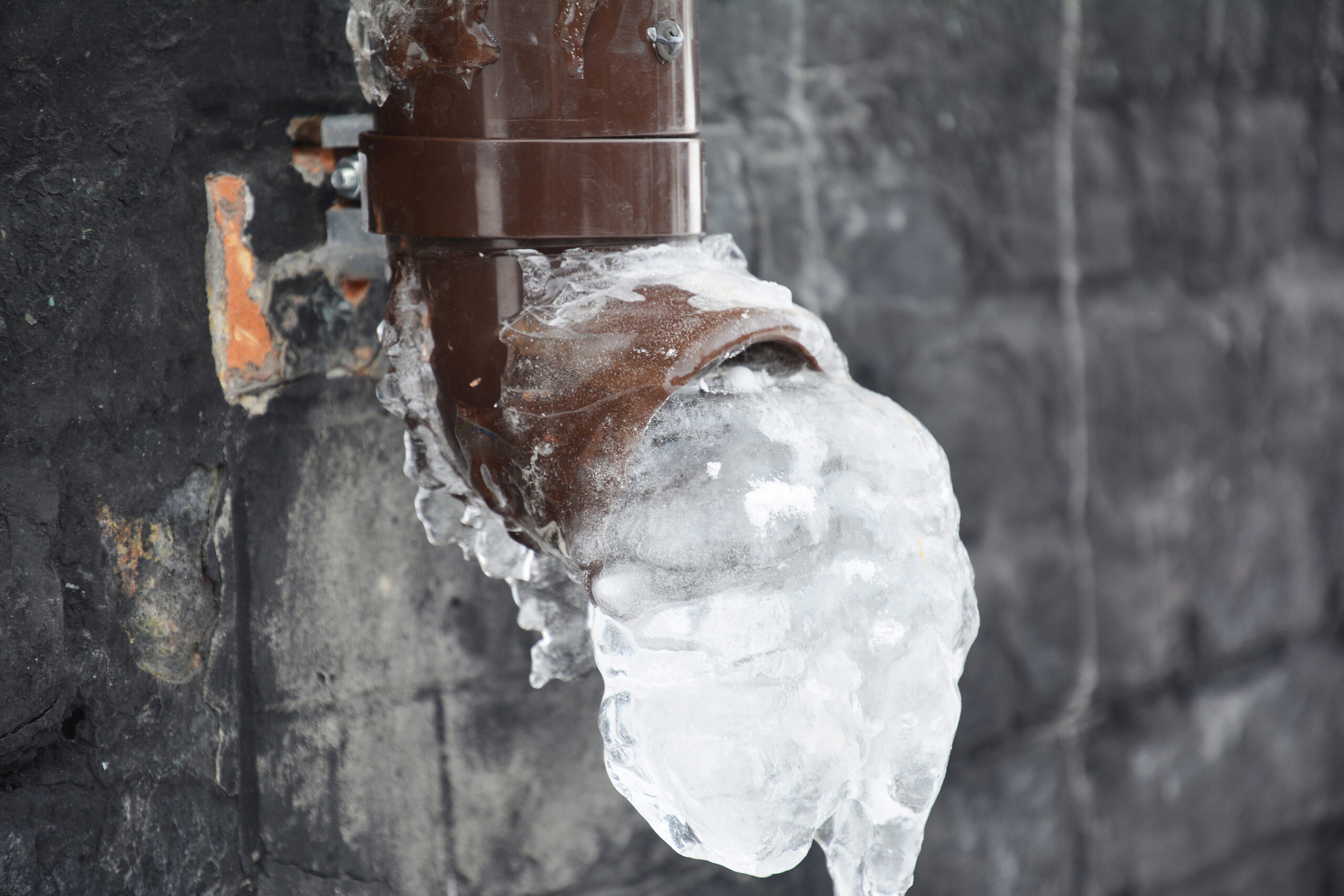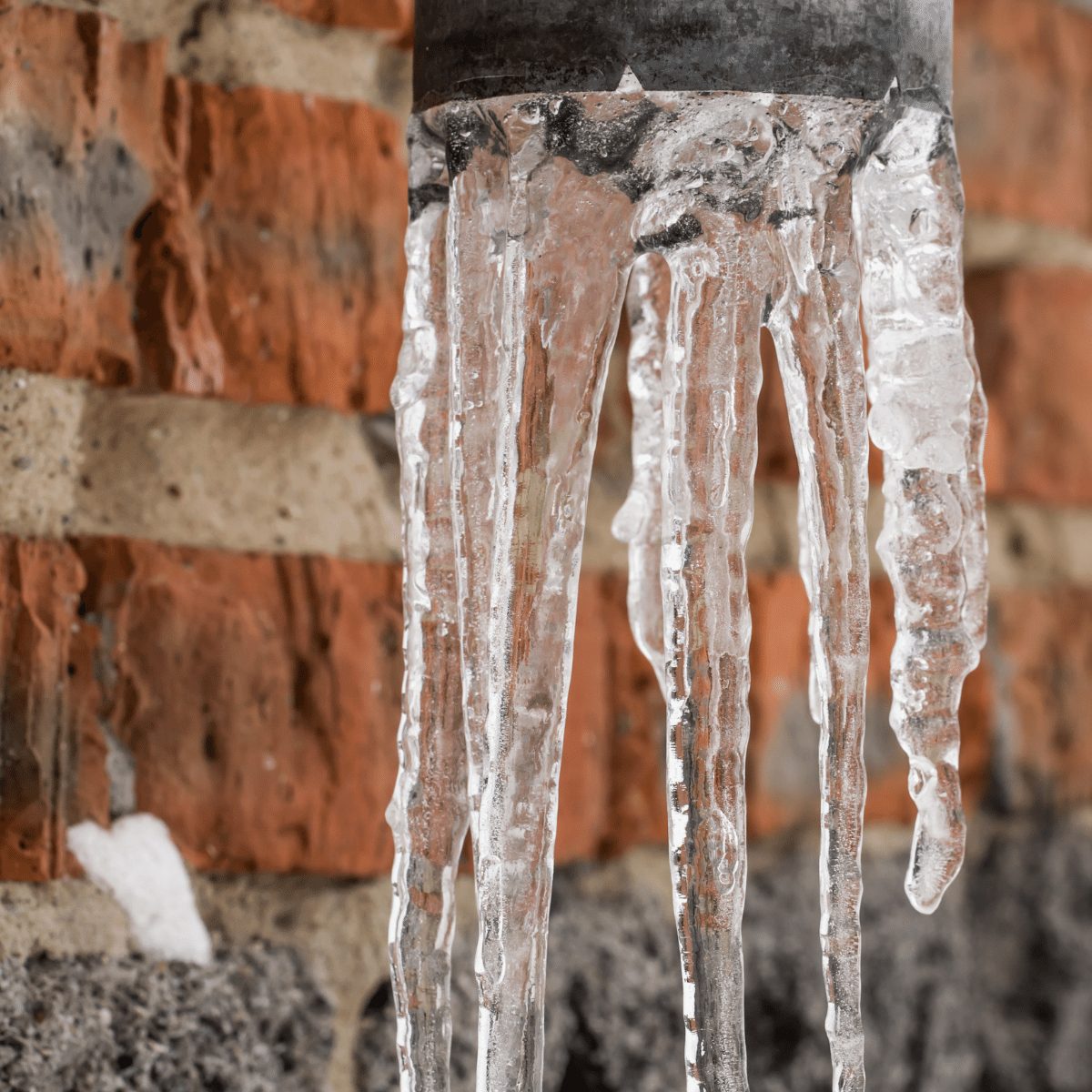Preventing Frozen Plumbing: Effective Strategies for Cold Weather
Preventing Frozen Plumbing: Effective Strategies for Cold Weather
Blog Article
This post down the page about How To Avoid Freezing Pipes is exceptionally interesting. Read it yourself and figure out what you think about it.

Winter can wreak havoc on your pipes, especially by freezing pipes. Here's just how to avoid it from happening and what to do if it does.
Intro
As temperature levels decline, the danger of icy pipes increases, potentially causing pricey repairs and water damage. Understanding how to stop icy pipelines is important for homeowners in cool climates.
Avoidance Tips
Protecting at risk pipes
Wrap pipelines in insulation sleeves or make use of heat tape to safeguard them from freezing temperatures. Concentrate on pipes in unheated or external locations of the home.
Home heating techniques
Keep interior rooms sufficiently heated, specifically locations with pipes. Open cabinet doors to permit cozy air to flow around pipelines under sinks.
How to identify icy pipelines
Search for lowered water circulation from faucets, uncommon smells or noises from pipelines, and noticeable frost on subjected pipes.
Long-Term Solutions
Structural modifications
Take into consideration rerouting pipes away from outside wall surfaces or unheated areas. Include additional insulation to attics, basements, and crawl spaces.
Upgrading insulation
Invest in high-quality insulation for pipelines, attics, and wall surfaces. Proper insulation assists keep consistent temperature levels and decreases the threat of frozen pipes.
Protecting Exterior Pipes
Yard hoses and outdoor faucets
Detach and drain pipes yard hoses prior to winter season. Mount frost-proof faucets or cover outdoor faucets with shielded caps.
Recognizing Icy Pipelines
What triggers pipelines to freeze?
Pipes ice up when subjected to temperature levels listed below 32 ° F (0 ° C) for prolonged periods. As water inside the pipes ices up, it increases, taxing the pipe walls and potentially creating them to rupture.
Risks and problems
Icy pipes can bring about water disruptions, residential property damage, and pricey repair work. Ruptured pipelines can flooding homes and cause extensive structural damage.
Indications of Frozen Pipes
Recognizing frozen pipes early can avoid them from rupturing.
What to Do If Your Pipelines Freeze
Immediate actions to take
If you believe icy pipes, maintain taps open to alleviate stress as the ice melts. Use a hairdryer or towels taken in warm water to thaw pipelines gradually.
Verdict
Preventing frozen pipes requires aggressive procedures and quick feedbacks. By recognizing the causes, signs, and safety nets, house owners can shield their pipes during winter.
6 Proven Ways to Prevent Frozen Pipes and Protect Your Home
Disconnect and Drain Garden Hoses
Before winter arrives, start by disconnecting your garden hoses and draining any remaining water. Close the shut-off valves that supply outdoor hose bibs and leave the outdoor faucet open to allow any residual water to drain. For extra protection, consider using faucet covers throughout the colder months. It’s also important to drain water from any sprinkler supply lines following the manufacturer’s directions.
Insulate Exposed Pipes
Insulating your pipes is an effective way to prevent freezing. Pipe insulation is readily available at home improvement stores and is relatively inexpensive. Pay close attention to pipes in unheated areas such as the attic, basement, crawl spaces, or garage. Apply foam insulation generously to create a buffer against the cold. You can also wrap your pipes in heat tape or thermostat-controlled heat cables for added warmth.
Seal Air Leaks
Inspect your home for any cracks or openings that could let in cold air. Seal any holes around the piping in interior or exterior walls, as well as the sill plates where your home rests on its foundation. Additionally, make sure to keep your garage door closed unless you’re entering or exiting. Leaving it open creates a significant air leak that can lead to frozen pipes.
Allow Warm Air Circulation
During cold snaps, it’s essential to allow warm air to circulate evenly throughout your home. Leave interior doors ajar to promote better airflow. Open kitchen and bathroom cabinets to help distribute heat consistently around the rooms. If you have small children or pets, be sure to remove any household chemicals or potentially harmful cleaners from open cabinets for safety.
Let Faucets Drip
A small trickle of water can make a big difference in preventing ice formation inside your pipes. When temperatures drop significantly, start a drip of water from all faucets served by exposed pipes. This continuous flow helps prevent the water from freezing. Additionally, running a few faucets slightly can relieve pressure inside the pipes, reducing the chances of a rupture if the water inside does freeze.
https://choateshvac.com/6-proven-ways-to-prevent-frozen-pipes-and-protect-your-home/

As an avid person who reads on How to prepare your home plumbing for winter weather, I assumed sharing that topic was really helpful. Be sure to set aside a second to distribute this write-up if you enjoyed it. I am grateful for being here. Please pay a visit to our blog back soon.
Schedule A Service Report this page